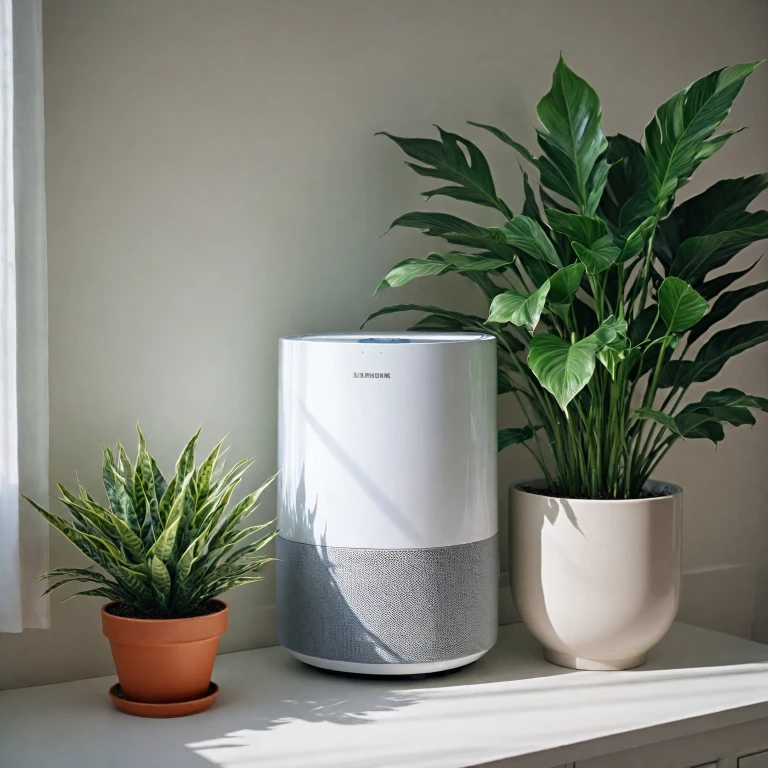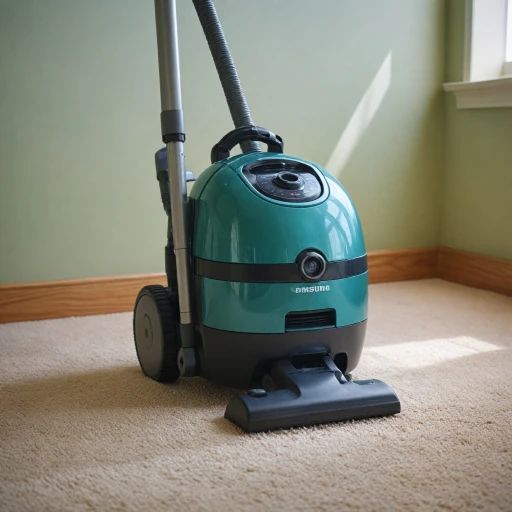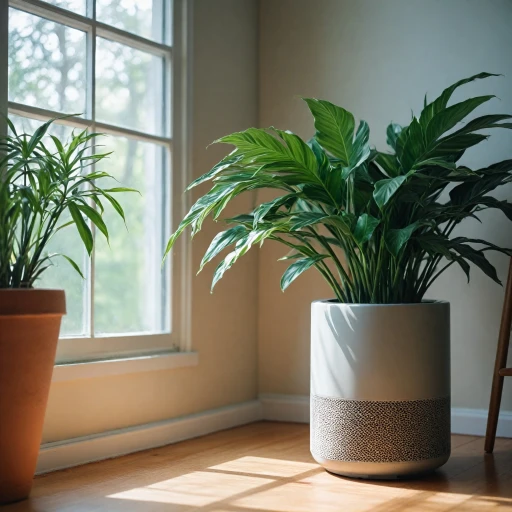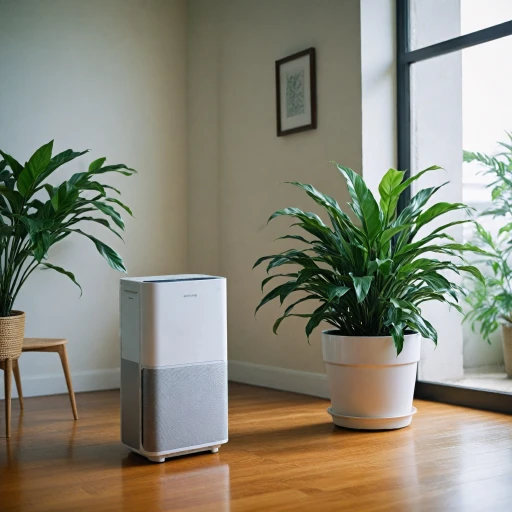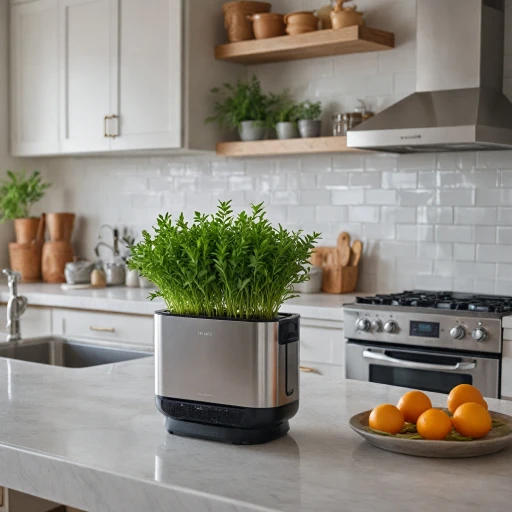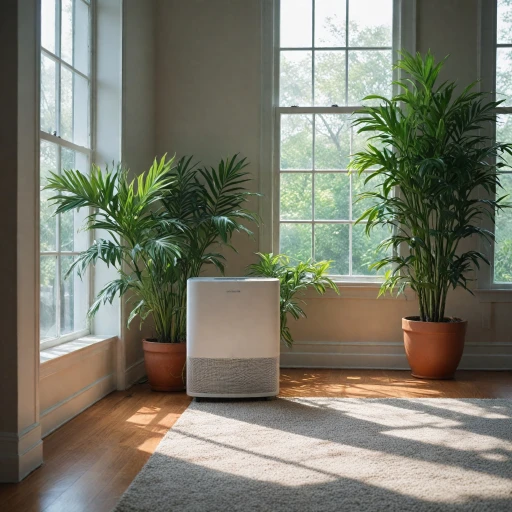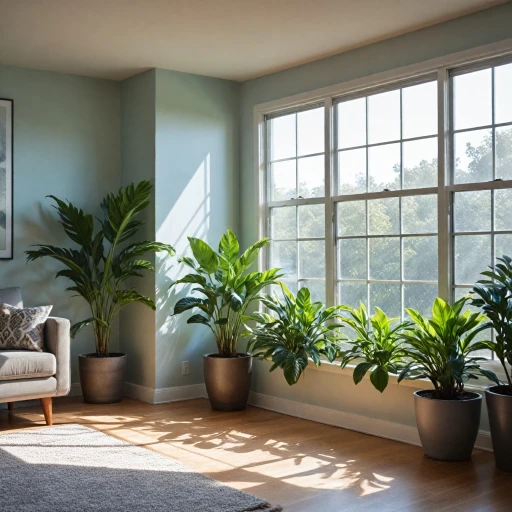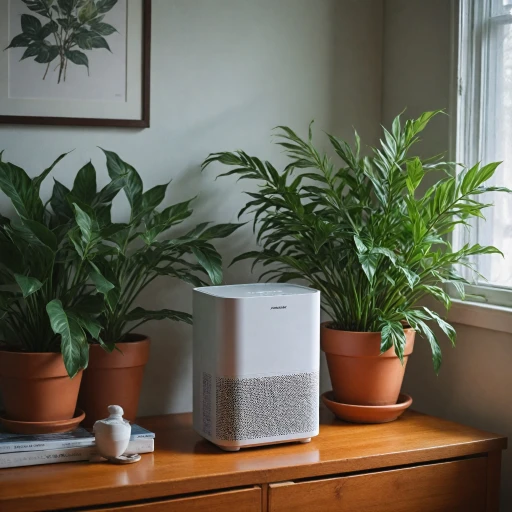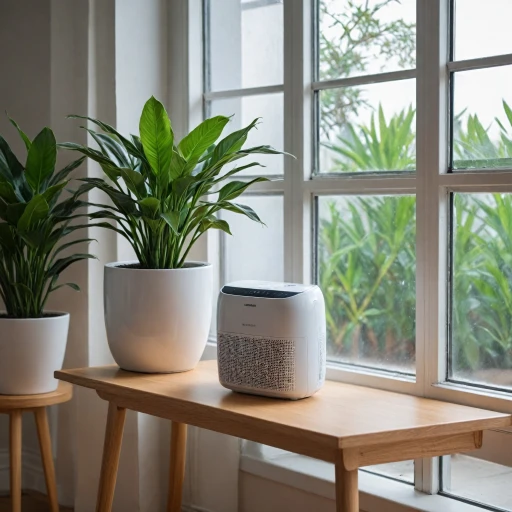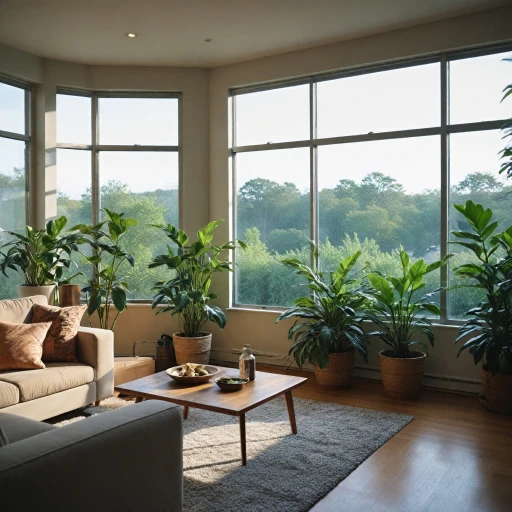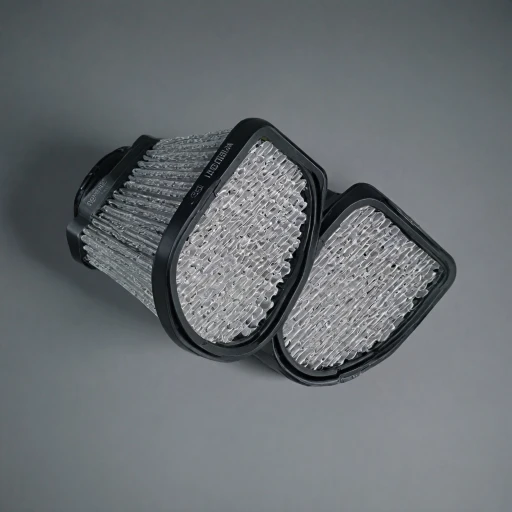
Understanding VOCs and Their Impact on Health
Discovering the Significance of VOCs in Your Indoor Environment
Volatile organic compounds, or VOCs, are a significant concern when it comes to maintaining indoor air quality. These are chemicals released as gases from various solids or liquids, which can be found in everyday products such as paints, varnishes, cleaning products, and even personal care items. While they might not always be visible, their presence can be hazardous, affecting your health and comfort. Research has shown that exposure to these compounds can lead to a range of health problems. Short-term effects may include irritation of the eyes, nose, and throat, headaches, dizziness, and fatigue. Long-term exposure may result in more serious health issues such as liver, kidney, or central nervous system damage. Therefore, understanding and tackling VOCs is crucial for ensuring a safe indoor environment. Assessing the air quality in your home or office is the first step towards tackling the risk posed by VOCs. While knowing their sources is important, using specialized air purifiers can further help in mitigating their impact. These devices often come equipped with advanced filters such as activated carbon and HEPA filters designed to capture and neutralize harmful particles and odors effectively. Air purification technology has evolved significantly over the years, with features specifically designed to target and eliminate VOCs from indoor air. In industrial settings, the role of air purifiers is particularly crucial due to the potential for higher VOC concentrations. However, homes can also benefit greatly from similar purification systems, ensuring you are breathing clean air at all times. The subsequent sections will delve into what to look for in an air purifier specifically for VOC removal, explore different types of purifiers, and evaluate their efficiency and coverage, helping you make an informed choice tailored to your needs.Key Features to Look for in an Air Purifier
Critical Aspects to Check in Air Purifiers
When you set out to select an air purifier for effective VOC removal, several key features deserve your attention. Understanding these components will guide you in making an informed choice that best suits your needs for cleaner indoor air.
HEPA and True HEPA Filters
High-quality air purifiers often incorporate High Efficiency Particulate Air (HEPA) filters to capture small particles, including smoke, dust, and other airborne contaminants. True HEPA filters are the gold standard, trapping at least 99.97% of particles as small as 0.3 microns. This level of filtration is crucial in ensuring that the air hitting your nostrils is exceptionally clean.
Activated Carbon Filters for VOCs
While HEPA filters are excellent for capturing particles, they are not designed to remove volatile organic compounds (VOCs). This is where activated carbon filters come into play. These filters absorb VOCs, gases, and odors effectively, making them a vital component when aiming to remove VOCs from the air.
Multi-Speed Settings
A versatile air purifier will have multiple speed settings that allow you to adjust the filtration level according to the conditions of the room. Higher speeds can quickly improve air quality in areas with high pollutant levels, while lower speeds can maintain air quality more quietly when the room is not occupied.
Coverage Area and Portability
The efficiency of an air purifier is also determined by its coverage area. Ensure that the air purifier you choose is suitable for the size of your room. Portable air purifiers offer the flexibility to be moved around as needed, providing clean air wherever required.
Technology and Additional Features
Modern air purifiers may offer additional technologies like smart functions, which allow you to control the purifier through apps, or built-in sensors that monitor air quality and adjust the purifier settings automatically. Furthermore, considering whether a purifier offers a pre filter can increase the lifespan of your main filters by capturing larger particles before they reach the main filter components.
Educating yourself on these features can guide you in selecting the right purifier to enhance your air quality and maintain a healthier indoor environment.
Comparing Different Types of Air Purifiers
Comparing Different Variants of Air Purifiers for VOC Removal
When shopping for an air purifier specifically designed to tackle volatile organic compounds (VOCs), it's essential to understand the differences among the various types available. Here's an overview of the most prevalent air purifiers and their effectiveness in removing VOCs:- Carbon-Based Air Purifiers: Widely recognized for their VOC removal prowess, carbon filters use activated carbon to effectively trap and neutralize these harmful compounds. These filters are often combined with HEPA filters for added particle removal efficiency. For those concerned with both smoke and VOCs, a carbon filter-based option could be the most reliable choice.
- HEPA Air Purifiers: While high-efficiency particulate air (HEPA) filters are known for their exceptional capability of removing particles as small as 0.3 microns, their VOC removal efficiency can be limited unless supplemented by a carbon filter layer. If you're aiming for clean air that's free of both particles and harmful gases, look for models labeled as "True HEPA" that also incorporate activated carbon.
- Air Purifiers with Advanced Technology: Some models leverage advanced technologies, such as photocatalytic oxidation (PCO) or ionization, to enhance VOC removal. While promising, consider products with proven track records and testing data to determine their actual efficacy in real-world conditions. It's crucial to evaluate air quality improvements using reliable and independent sources.
- Hybrid Models: Offering the best of multiple worlds, hybrid air purifiers combine the benefits of HEPA, activated carbon, and other advanced technologies to maximize VOC removal and overall air quality. These versatile systems can deliver high indoor air quality across various environments at a potentially higher price point.
Evaluating Air Purifier Efficiency and Coverage
Assessing the Performance of Air Purifiers in Your Space
When it comes to VOC removal, evaluating an air purifier’s efficiency and coverage is crucial to ensure optimal air quality in your surroundings. The performance of an air purifier is largely influenced by several factors which you should consider before making a purchase. Firstly, assess the Clean Air Delivery Rate (CADR). This metric indicates the volume of clean air an air purifier produces per minute. A higher CADR signifies a more effective device at removing airborne particles such as smoke and VOCs. Look at the room size it can cover. Air purifiers are designed for specific square footages, and matching this with your room size ensures the efficient removal of volatile organic compounds and other pollutants. Check the filter technology employed, particularly when dealing with VOCs. Many high-quality air purifiers come equipped with a combination of a HEPA filter and an activated carbon filter. True HEPA filters are effective at capturing tiny particles, whereas activated carbon filters are essential for trapping gaseous pollutants, including VOCs. Another aspect to evaluate is the fan speed and noise level. The ability to adjust fan speed is vital for controlling the effectiveness and noise level of an air purifier. Generally, higher speeds increase filtration efficacy, although this can come with increased noise levels. Quality air purifiers will also feature an air quality sensor that adjusts the purification process based on real-time air quality readings. This functionality ensures that the purifier operates optimally, balancing both performance and energy consumption. Understanding these factors will aid you in choosing the best air purifiers for your needs, focusing on effective filtration of volatile organic compounds, high efficiency across different room sizes, and user-friendly features that enhance air quality in your home or office.Maintenance and Longevity of Air Purifiers
Ensuring Optimal Performance and Durability
Maintaining an air purifier isn't only about ensuring its longevity but also about guaranteeing optimal effectiveness in removing volatile organic compounds (VOCs). When evaluating an air purifier, consider the following maintenance aspects:- Filter Replacement:
- Pre-Filter Care:
- Checking for Clogs:
- Regular Maintenance:
- Consider Purifier Speed and Mode:
Top Recommendations for VOC Removal Air Purifiers
Top Picks for VOC Removal
When it comes to removing volatile organic compounds (VOCs) from your indoor air, selecting the right air purifier is crucial. Here are some of the top recommendations that excel in VOC removal, ensuring you breathe cleaner air.
High-Efficiency Models
- Austin Air HealthMate: Known for its robust filtration system, this purifier combines a true HEPA filter with an activated carbon filter to effectively trap particles and VOCs. It's a great choice for those seeking high air quality in larger spaces.
- IQAir GC MultiGas: This model is equipped with advanced filtration technology, including a powerful carbon filter, making it one of the best air purifiers for VOC removal. Its high price reflects its superior performance and coverage.
Best Value Options
- Levoit Core 300: Offering a combination of HEPA and activated carbon filters, this air purifier is an affordable option that doesn't compromise on quality. It's ideal for smaller rooms and provides efficient VOC removal.
- Winix 5500-2: With its true HEPA filter and washable carbon filter, this model provides excellent air filtration at a reasonable price. It's particularly effective against smoke and other airborne particles.
Considerations for Optimal Performance
When evaluating air purifiers, consider the size of the room and the specific VOCs you need to target. Models with adjustable speed settings and pre-filters can enhance performance and prolong the life of the main filters. Regular maintenance, such as replacing filters as recommended, is essential to maintain efficiency and ensure longevity.
By choosing the right air purifier, you can significantly improve your indoor air quality and protect your health from the harmful effects of VOCs.
